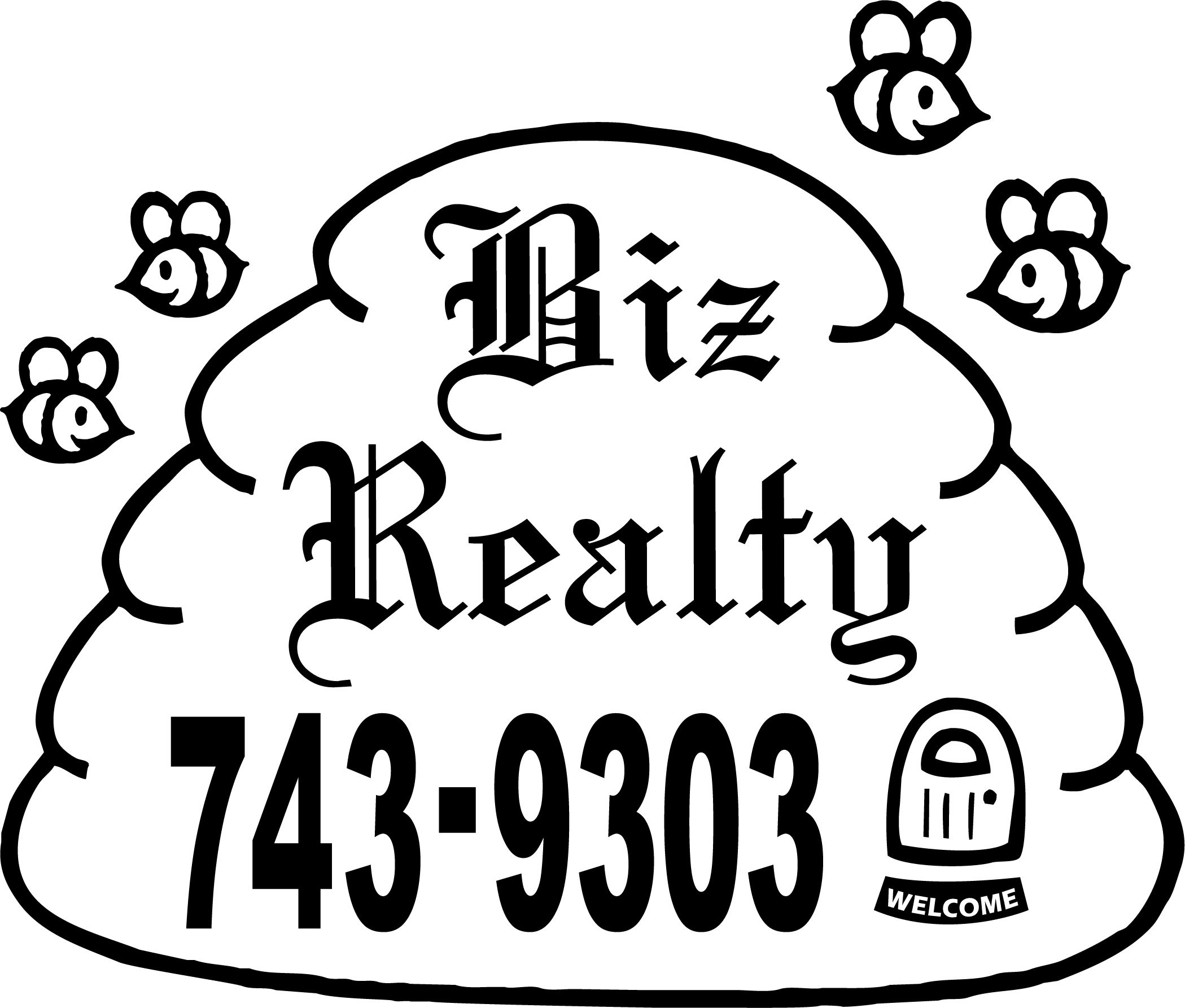Let me begin with some information that will help explain the purpose of a home inspection. Home inspectors and Appraisers are often thought to be the same or intertwined. Let me give you a quick differentiating statement. A Home Inspector protects the buyer, while an Appraiser protects the bank. I work for the buyer to protect their investment in the property they are about to purchase. The Appraiser works for the bank to protect their investment in the buyer’s decision to purchase a new home.
This statement is very important to the home inspection process. Even though the Home Inspector and Appraiser are looking at the same property, they look with a different lens. Yes, we are intertwined, yet quite different.
The Home Inspector has two thoughts in mind as he/she begins the inspection.
To provide as much information as possible for the buyer to make an informed decision. Hopefully the information will make the decision for the buyer.
To protect the buyer from unforeseen costly repairs.
Hopefully the information I have shared will help you to understand why these 5 things are top on my list when performing an inspection. Please understand that there is not a perfect house out there. All houses, even new ones have things that need to be addressed, repaired or understood as far as future maintenance is concerned.
The exterior of the house. This entails the siding, windows, roof, chimney, and decks of the house. A house that needs major repairs or replacement to any of these items will be costly for the buyer. The roof and chimney, including the flashing are essential to keeping water out of your house. Water is the enemy of any house. The siding and the windows are essential to keeping air out of your house. Outside air is the enemy of your pocketbook with high heating costs.
The heating and cooling systems. This entails the fuel source of the heating system (oil, K-1 oil, gas, propane, electric) and the type of heating system (Forced hot water or air, or wall heaters that gravity heat the house). What is the age of the system? What is the efficiency of the system? Has the system been well maintained? Replacement costs for heating and cooling systems are pricey and not something that a new homeowner wants to face after moving in to their new home. Fuel sources are important. K-1 fuel is much more expensive to heat a house than normal oil. This is all information that helps a homeowner to predict monthly heating costs. Heating cost is a large part of the budget in the northeast.
The electrical system. This entails the exterior supply to the meter, which is the homeowners responsibility, the electrical panel in the house, and the wiring inside the house. To replace a main supply cable is costly. To replace a main service panel in a house is very costly. To have to replace the wires in the house because they are aluminum or knob and tube wiring is cost prohibitive, as well as a safety issue. Fuse panels are no longer acceptable to banks and have to be replaced. The age of the house usually reveals the electrical system and whether it has already been upgraded.
The plumbing. Does the house have a well? Is the well drilled or dug? Is the water supply copper, pex, or PVC? Is the waste line cast iron, copper, or PVC. Are there any leaks? Remember, water is the enemy of your house. Does the pressure tank in the house function properly? To replace a pressure tank is costly. How old is the pump if it is a drilled or dug well? To replace a pump is costly? I do not do septic inspections, but I highly recommend that if a house has a septic system, that it be inspected at the time of the home inspection. Do toilets and sinks function properly, including faucets? This is very important information for the homebuyer.
Insulation and ventilation. These two items go together. How much insulation is in the house? What kind of insulation, (Fiberglass, batt or loose, cellulose, or spray foam closed cell insulation). Ventilation is important. It allows your house to breathe properly. Houses that do not breathe, sweat. Houses that are under insulated, cause moisture to form because of condensation. Both sweating and condensation create the possibility of mold! Mold is a health issue and costly to mitigate. This is a common issue in homes today.
These are the top 5 things that I look for based on cost to the homeowner and damage to the house if undetected. There are literally hundreds of things that are inspected during an inspection, but I consider these the most important.

